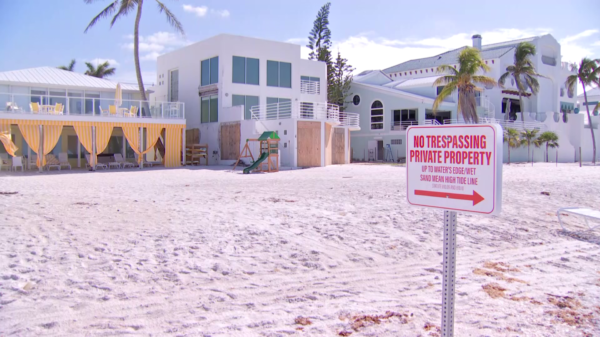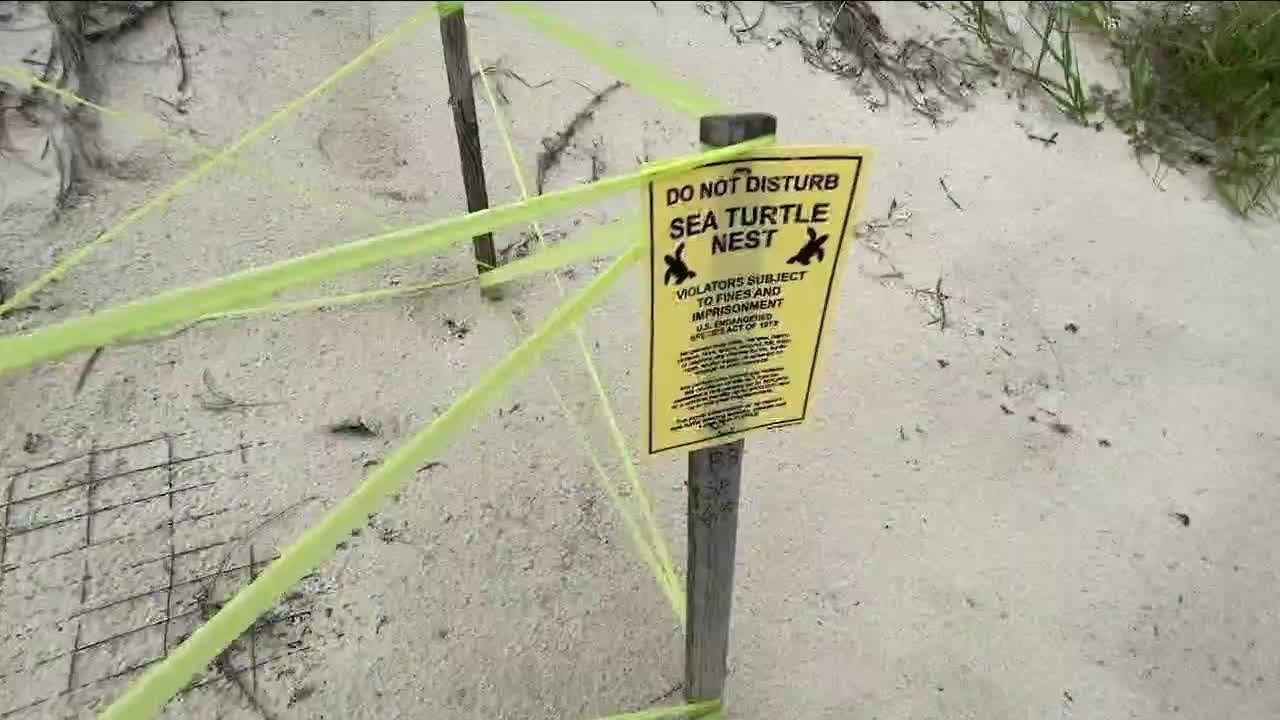The sea turtles of southwest Florida face a tough battle as their nesting season coincides with hurricane season. To protect the beaches from erosion, emergency sand berms are put in place. Critics argue, however, that these berms can cause issues for the nesting turtles, potentially disrupting their ability to lay eggs. But is this claim true? In this fact-check article, we’ll explore the evidence and determine whether emergency sand berms are indeed impacting the sea turtles’ nesting season.
Introduction
There have been claims that emergency sand berms installed on Southwest Florida beaches due to recent hurricanes are causing issues for sea turtles during nesting season. Environmentalists have expressed concerns that the berms, meant to protect against storm surges, are blocking the turtles’ access to preferred nesting sites.
The Facts
The emergency sand berms were put in place after Hurricane Irma in 2017 and have since been bolstered after subsequent storms. They are designed to prevent storm surge from flooding beachside homes and infrastructure along Florida’s Gulf Coast. While they have been effective during storm events, there are concerns about their impact on sea turtle nesting.
Sea turtles have been nesting on Southwest Florida beaches for centuries, and conservation efforts have protected and increased their populations in recent decades. The beaches are carefully monitored and managed during nesting season from May to October. One of the key factors in their success is the selection of optimal nesting sites.
The preferred nesting sites for sea turtles are areas of dry, soft sand above the high tide line. This allows the eggs to be safely buried below the surface while avoiding washouts from waves. Beaches with a high dune ridge provide even better protection against storms, predators, and human activity.
Environmentalists are concerned that the sand berms, which are placed closer to the shore, are blocking this naturally preferred nesting habitat. They argue that forcing sea turtles to lay eggs in less desirable locations could harm reproduction rates and the long-term survival of the species.
Expert Opinions
According to the Florida Fish and Wildlife Conservation Commission (FWC), there is some evidence to support the claim that emergency sand berms are interfering with sea turtle nesting. The FWC’s sea turtle program manager, Robbin Trindell, said, “Berms put in during a storm event can have a temporary negative effect on nesting if placed in areas that are normally used by sea turtles.”
However, Trindell also noted that sea turtles are adaptable and have been observed nesting in altered environments in the past. She added that monitoring and managing the beaches to ensure nesting areas remain available and accessible is crucial.
Another expert, biology professor and sea turtle researcher Dr. Blair Witherington, said that while the berms are not ideal for nesting, they are not a major threat. “While there’s no doubt that sand berms can interfere with nesting, the impact is generally modest. It is likely a far smaller overall threat to turtle populations than artificial lighting on the beach.”
Conclusion
The emergency sand berms installed on Southwest Florida beaches have been effective at protecting against storm surge. However, they could be interfering with sea turtle nesting in some areas. Environmentalists and researchers alike agree that monitoring and managing the beaches during nesting season is essential to minimize the impact on the turtles.
Those venturing to the beach during nesting season should respect sea turtle habitat by avoiding marked nesting areas and removing beach furniture at night. Residents of beachside homes should also be mindful of their lighting, which can disorient hatchlings and prevent them from reaching the sea. By working together, we can ensure the survival of these magnificent animals for future generations to enjoy.




































